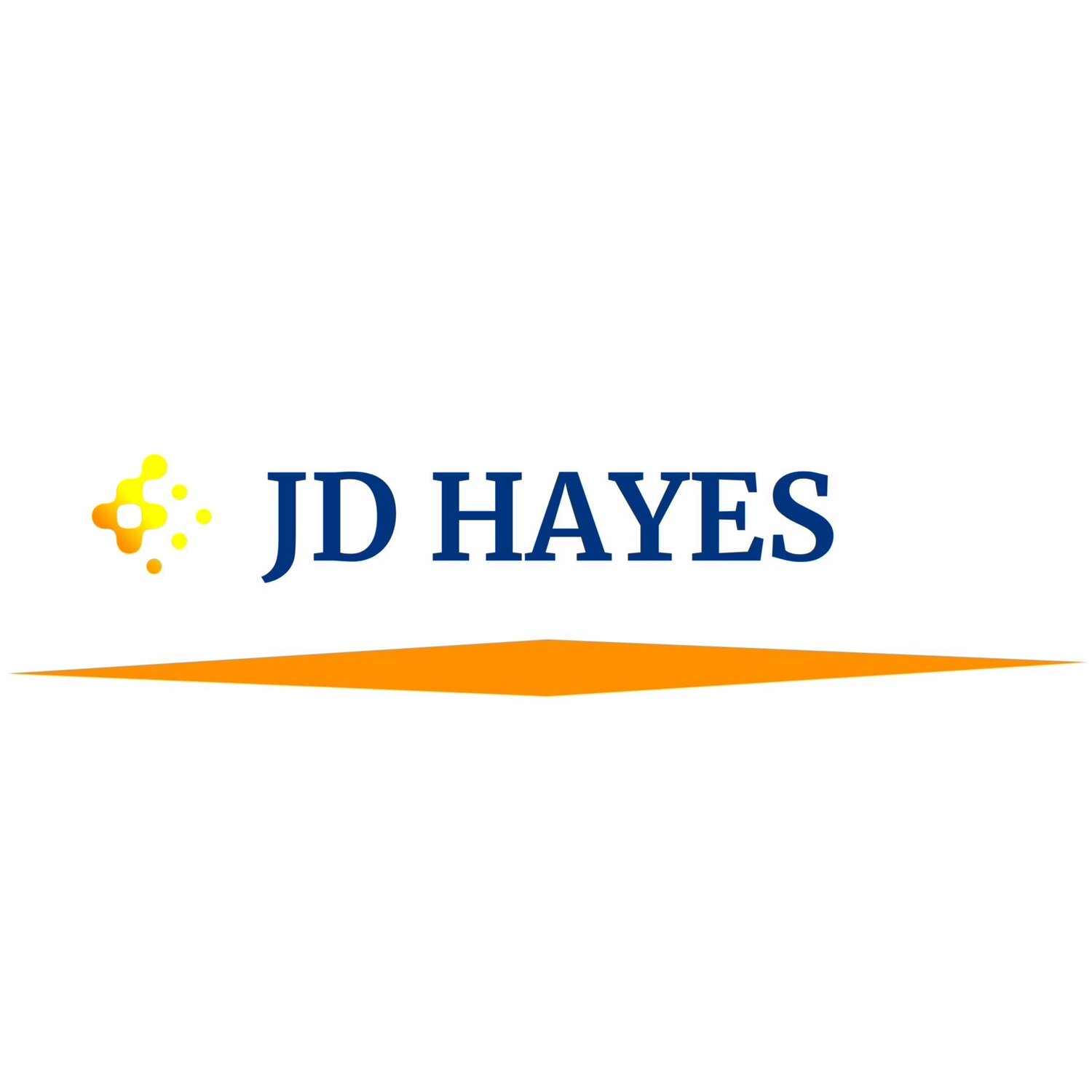Triathlon Tuesday 2nd Edition
Here are Four Triathlon books on my shelf that I find invaluable as I start out in my triathlon hobby:
1. The Well Built Triathlete by Matt Dixon
Matt’s book focusing on training. He builds on his training philosophy of four equal pillars of Training, Recovery, Nutrition and Strength. He has specific training plans and approaches for each pillar.
2. The Triathlete’s Training Bible 3rd Edition Joe Friel
This book is the bible of triathlon and should be on everyone’s bookshelf. Joe’s book is a comprehensive reference guide on everything you need to know about triathlon including, gear, training approaches, execution form for the swim bike and run, and nutrition. If you were going to only buy one book I would recommend this one. Joe is also the founder of trainingpeaks.com
3. Triathlon Training Fundamentals: A Beginner's Guide To Essential Gear, Nutrition, And Training Schedules by Will Peveler, PhD
This book is for the true beginner. It starts with all the basic information you need to get started successfully. Will breaks down the swim, run and bike along with all the gear and training philosophies.
4. Triathlon 2.0 Data-Driven Performance Training by Jim Vance
Jim worked closely with Joe Friel during his competitive triathlon career and is now a coach. Joe’s book focuses on gathering and interpreting all the data we capture during our training. He distills all this data down to actionable information that allows you to personalize your training.T
Training Article Strength Training Article The One Hour Workout for Speed and Power - I find that dedicated, focused time for strength training is hard when you are spending so much time training the run, cycle and swim. Dedicated strength training is critical and here is a one-hour session I found that really pushes me.
The Garmin 920XT is the training watch I use. This watch handles anything a triathlete can throw at it both in and out of the water. Here is a post on some unique features of the 920XT you may not be aware of. The accessories I have:
- Heart Rate Monitor (included)
- Triathlon Heart Rate Monitor – gathers heart rate in the water and then transfers when out of the water. It does not provide real time heart rate monitoring.
- Quarter Turn Bike Mount Used to mount the computer without the strap onto a bike mount. I sue this on top of my between the arms water bottle mount. You don't need this for the bicycle mount kit below.
- Quick Release Mounting Kit
- Bike Speed Sensor and Cadence Sensor - This is needed if you want to use your bike on a trainer and want to track speed, distance and cadence.
- Garmin Forerunner Bicycle Mount Kit Allows you to mount your watch, with strap, to your bike.
Foam Roller Recovery Tools – I use two different foam rollers for recovery. One is the smooth 36-inch roller and the other is the intense 12 inch rumble roller that really gives a deep message. Foam rolling really help loosen my legs and back. I foam roll regularly. Here is a post I wrote on foam rolling.
Using a Foam Roller
I recently included a foam roller routine into my workouts. Using this inexpensive tool has really helped. I use the foam roller as part of my warm up and cool down with my cycling, strength and running workouts. My foam roller routine focus on the lower body with my back and hips included. I can get a good routine completed in about 5 minutes. My foam roller routine is the first phase of my warm-up. My warm up is structured with:
- Foam Roller
- Walking
- Active stretching
Why I started Using the Foam Roller
I have been trying to ramp up my running as I get ready for next year's Raleigh 70.3 in June. Last week I think I went a little too hard /too long and now have a sore Achilles tendon. Unfortunately I tend to be that guy that goes out too fast and too far in the beginning. My enthusiasm gets the best of me. I have a hard time pacing myself. So Monday was my normal personal training day at the YMCA with my trainer Kristen. I asked her to develop a foam roller routine as part of my warm-up and stretching routine.
I can tell you that the foam roller routine, although painful for the first time, really loosened up my legs. I really felt good. Now I need to keep at it and get this into a habit that is part of my work-out system. What I did was some basic roller activities, including rolling my IT band, my lower back, my hamstrings and my calfs. I have got to tell you that the IT band stretch was the most painful. Which seems to be common as I researched other routines and information on foam roller routines.
After using the firm black foam roller I went out and purchased a 6 inch 36 inch roller from Amazon. This is the foam roller I selected (I have no affiliate program so the link is just for reference only). This will be a routine for me that will continue.
If you want to see some great routines check out these resources.
- How To Use A Foam Roller - youtube video from Garmin Sharp Cycling Team
- On a Roll - Runners World
- Foam Rolling - The Basics - USA Triathlon
Let me know if you have any other thoughts to share on using a foam roller.

